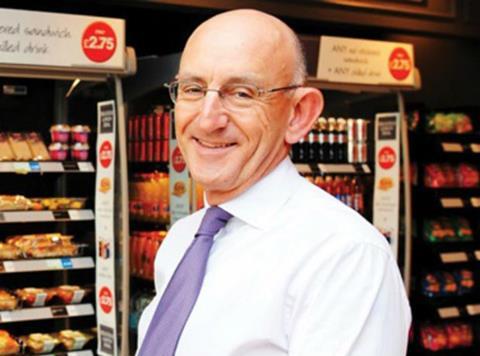
Greggs’ (GRG) chief executive Roger Whiteside has warned that 2018 will be a year of significant cost headwinds, due to wage inflation and auto enrolment pensions.
Speaking after the announcement of the bakery chain’s annual results, he stressed this will be mitigated by a lower level of food ingredient inflation compared to last year, and that commodity cycles are now working more in its favour.
“Last year was a more difficult year, as there was a combination of continuing inflation and the cost of the living wage,” he said.
“Additionally there was the devaluation of the pound, and the fact that due to some of the commodity demand and supply cycles, there was an spike in food ingredient inflation.”
“Also, there was a further cost barrier with the levy on apprenticeships.”
Whiteside also opined that this will be peak year of investment for the group, due to the knock-on effect from changes instigated in its supply chain.
Greggs plans is to invest £100 million in its supply chain, which incorporates the creation of centres of excellence specialising in the manufacturing of their products.
Previously, Greggs was making their products in small batches, now their Yum Yum product will now be produced solely in its bakery in Glasgow, alongside donuts to be created in the company’s Gosforth manufacturing depot.
The aim is to put all of the changes into place by 2020, which the company believes will create a more efficient and a better quality service through automated production lines, in order to accelerate shop growth to achieve its target of 2000 outlets.
The food-to-go chain is also continuing its strategy of increasing the opening of new units away from the high street towards retail, travel and work locations, and plans to open their first shop in a London tube station next week at Westminster.
Whiteside added: “We needed to make ourselves available in other locations, currently 34% of our stores are on non shopping locations and we are looking to expand that to 60%, in such places as drive-throughs and kiosks.”
“The opportunity presented itself at Westminster, it’s a very busy station and food on the go is not well served in that area. If this works we would be interested in more opportunities in tube stations, but space is limited.”
Greggs’ figures for last year revealed that sales were up by 7.4%, and Whiteside highlighted that an increased concentration on healthy products was part of the reason why
In particular its “Balanced Choice” menu, where every option is not higher than 400 calories.
Whiteside reflected that the consumer is searching for convenient healthier alternatives when buying take away food , and stressed that the company needs to make people aware that Greggs sells healthy products such as fruit pots.
Greggs this morning shrugged off worries over high street spending to record a small improvement in full-year pre-tax profits excluding exceptional items, due store expansion and improvements made to product ranges.
Its pre tax profit, excluding exceptional items, of £81.8m for the year ending 30 December 2017 eclipsed the £80.3m that was accumulated in 2016, and is in line with what was envisaged by food and retail analysts.
However, headline pre-tax profits dropped to £71.9m in 2017 from just above £75m in 2016 due to an exceptional pre-tax charge of £9.9m in the period.







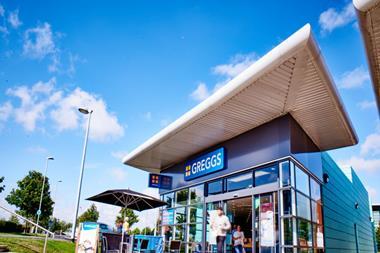
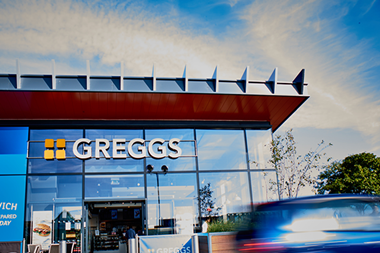
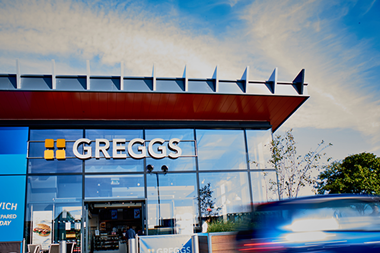
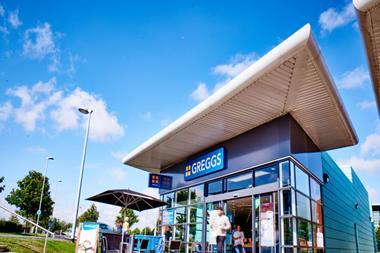
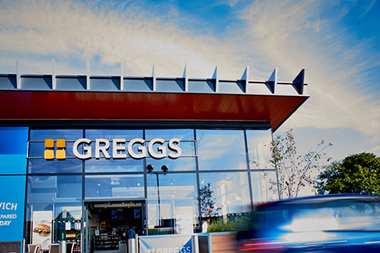
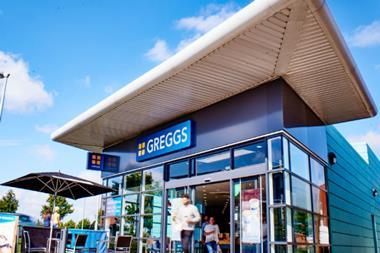





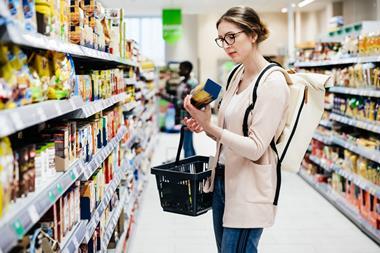
No comments yet